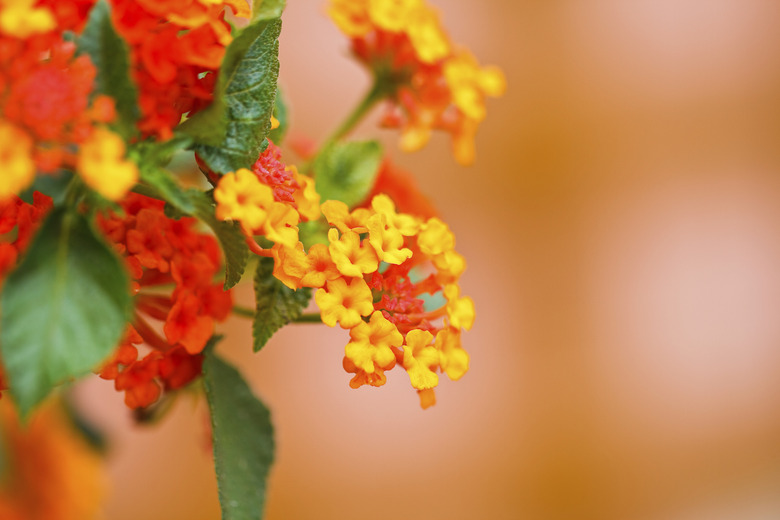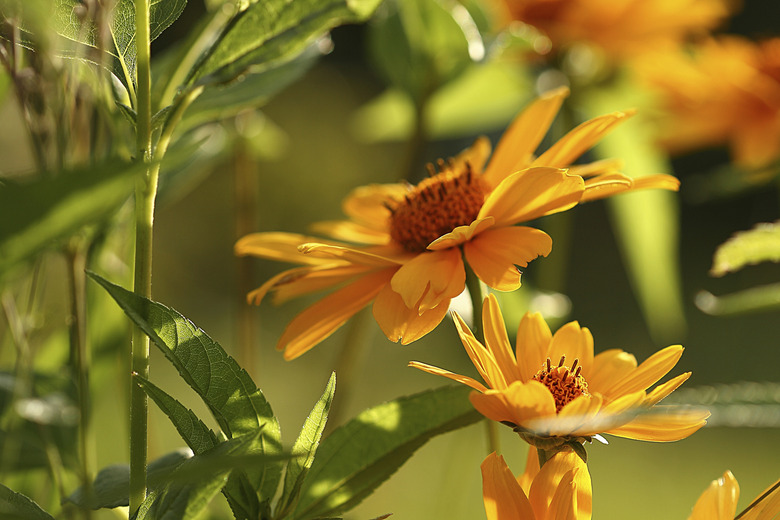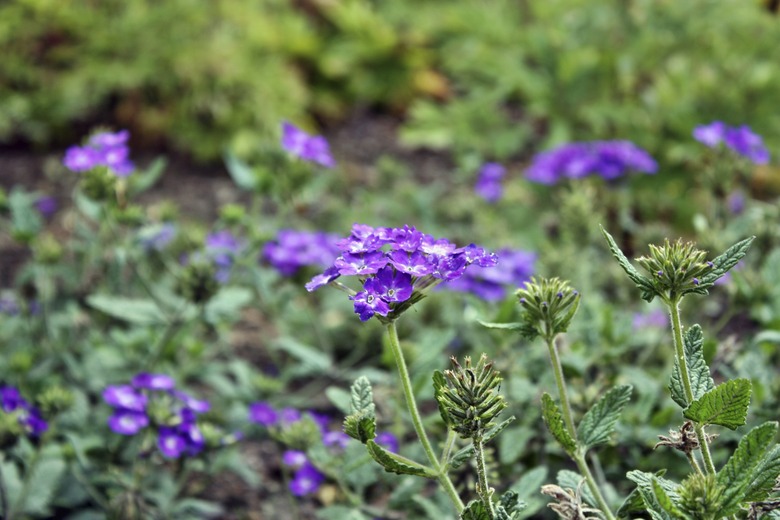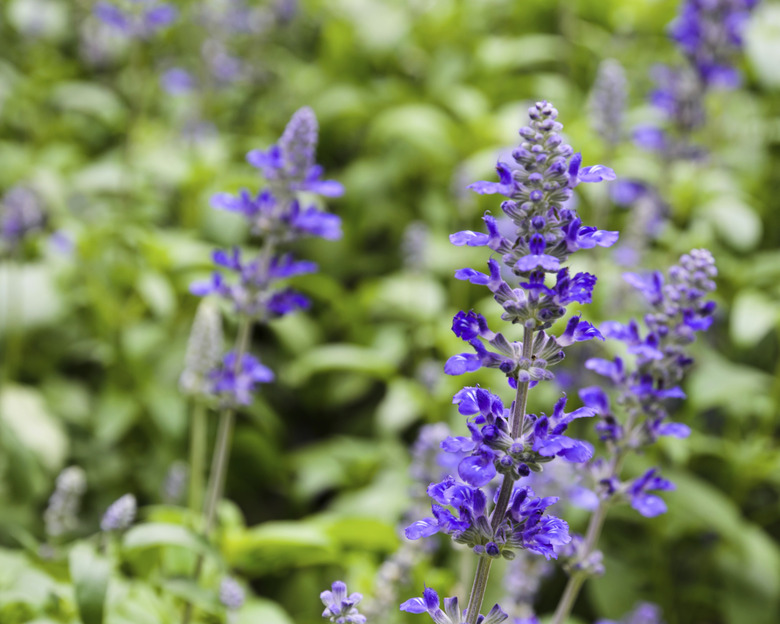The Best Perennials For Texas
Plant perennials in your Texas garden, and watch them come up and bloom year after year. Since soil and climates conditions vary in this vast state, perennials that do well in northern region may not necessarily flourish in the south, although the perennials listed here suit most parts of Texas. Consider using native Texas flowering plants in your garden. These plants suit the soils and provide food and cover for native wildlife and are among the best choices for the perennial garden.
Daisies
Favorites in any perennial garden, certain daisy varieties especially suit Texas gardens. For fall bloom, Texas A & M University touts the purple-flowering fall aster or michalmas daisy, which is sun and drought-tolerant for hot Texas climes. The University of Texas at Austin recommends the four-nerve daisy, Tetraneuris scaposa, also known as bitterweed. This daisy does well in dry and rocky soil, and requires little water. The yellow flowers appear throughout the winter months in milder parts of the state. Because of its penchant for dry, stony soils, it makes a suitable plant for rock gardens.
Verbena
Texas A & M University recommends the native verbena as an "outstanding perennial" for most areas of the state. Available in a variety of colors, verbena blossoms from spring to fall and matures between 6 and 12 inches. The University of Texas at Austin cites Glandularia bipinnatifida as a particularly good variety of verbena for Texas gardens. This plant is also known as purple prairie verbena, and displays purple or pink blooms. Plant in sun or partial shade in moist or dry soils. The deer-resistant verbena attracts birds.
Mealy Blue Sage
Also known as mealycup sage, Salvia farinacea grows in a mound-like form as wide as it is tall. This native herb blooms boast blue, white or purple blossoms from early spring to late fall, and is recommended for most areas of the state both by Texas A& M University and the University of Texas at Austin. Plant in full sun in moist, well-drained soils. Deer-resistant, this fragrant herb does well in borders or in meadow plantings and can grow to 3 feet. Its flowers also attract butterflies and hummingbirds to the garden.



